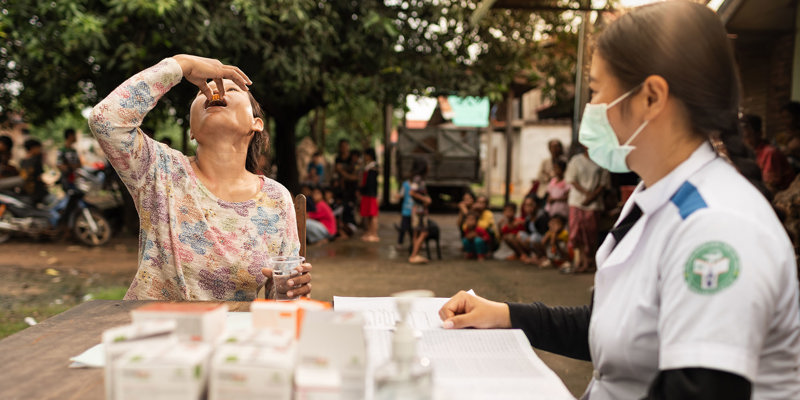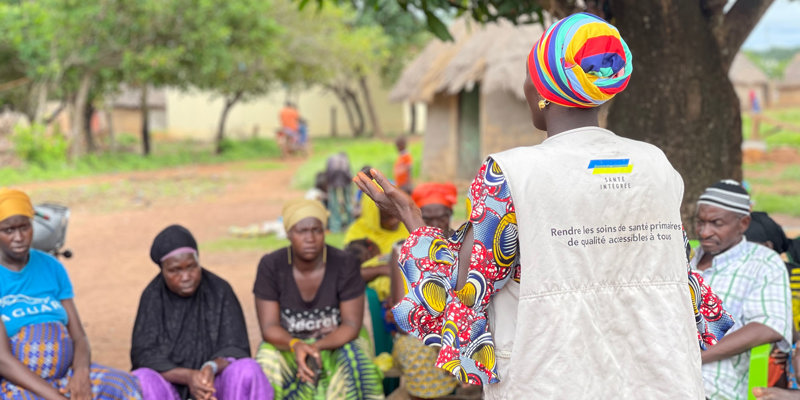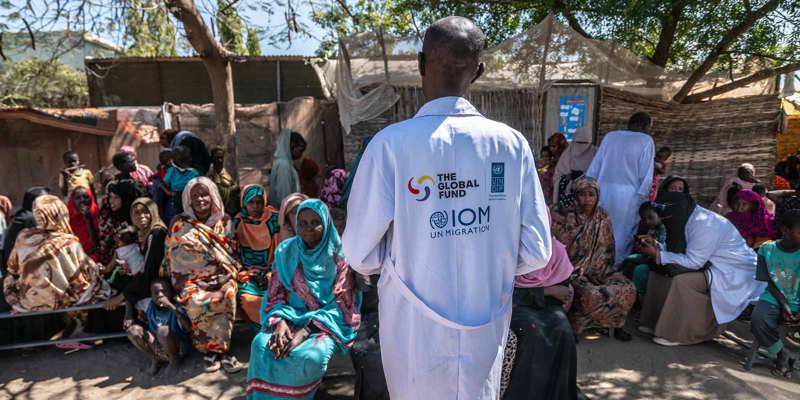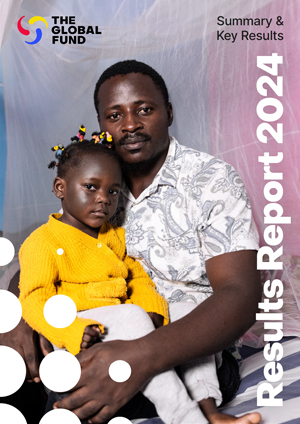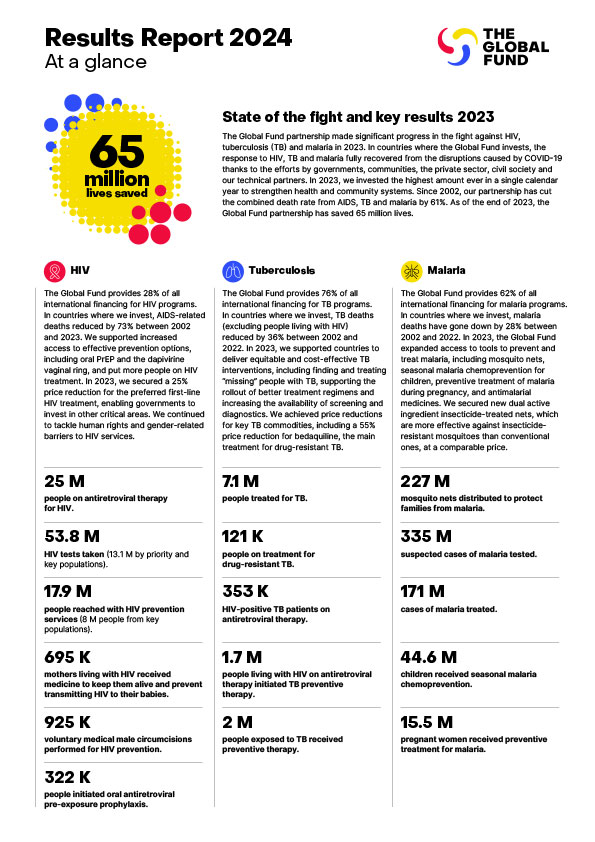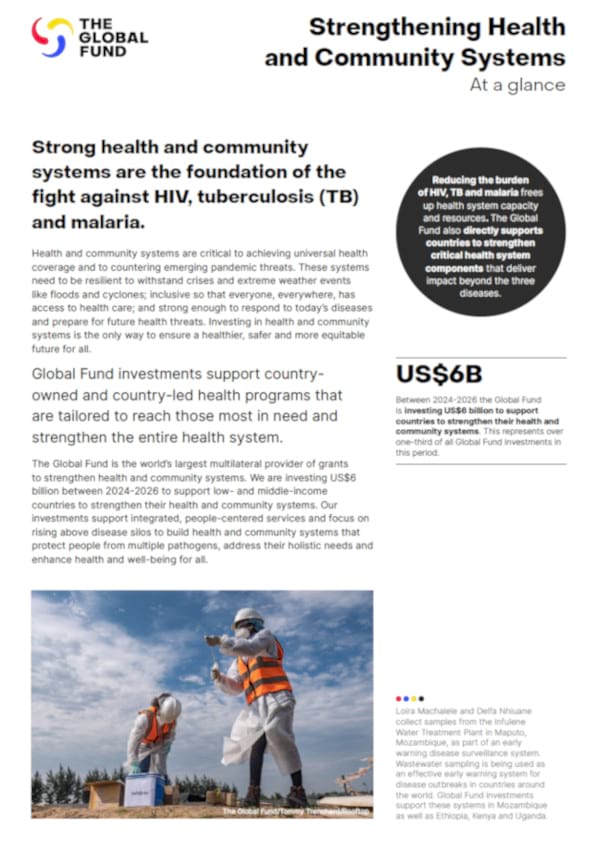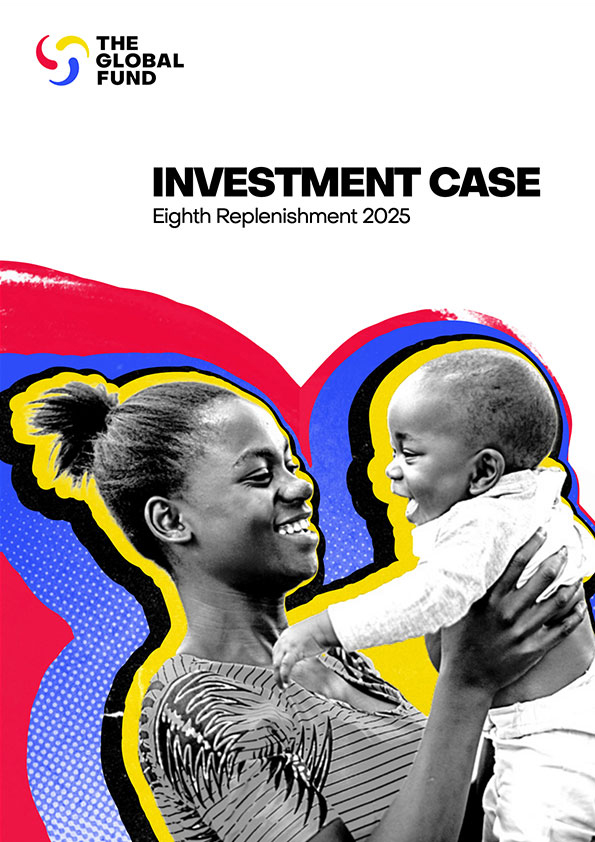GF/B29/EDP10
Approved by the Board on: 01 October 2013
Division between Indicative and Incentive Funding
The Board
- The Board affirms its goal of raising US$ 15 billion so that it can effectively support countries in their fight against HIV/AIDS, tuberculosis and malaria in the 2014 – 2016 period. The available resources will be awarded to indicative and incentive funding to invest strategically in areas where there is high potential to achieve impact and value for money while rewarding ambitious, high-quality expressions of full demand, based on robust National Strategic Plans or investment cases. The 2014 – 2016 allocation period is the first where principles adopted under the new funding model (GF/B28/DP4) will be applied. The Board notes that the current replenishment cycle will result in unique actions in order to adjust investments in notionally over- and under-allocated countries. Accordingly, the Board acknowledges implementation methodology developed for the 2014 – 2016 allocation period will be reviewed and modified, as appropriate, for future allocation periods.
- The Board decides:
- For each allocation period, a fixed percentage of the amount of resources approved by the Board for initial allocation (the “Initial Allocation”), after deduction of the amount allocated to the Country Band corresponding to higher income (GNI per capita) and lower disease burden (“Band 4”), will be used for allocating Incentive Funding to Country Bands 1, 2 and 3. For the 2014 – 2016 allocation period, the Incentive Funding fixed percentage will be set, based on the following Initial Allocation scenarios: 10% for up to US$ 11 billion, 15% for over US$ 11 billion and up to US$ 13.5 billion, or 20% for over US$ 13.5 billion. The balance of the Initial Allocation will be used for Indicative Funding.
- No Incentive Funding will be allocated to the countries within Band 4 since Band 4 is subject to a separate allocation methodology approved by the Strategy, Investment and Impact Committee (the “SIIC”), which recognizes the particular needs of countries / disease components in Band 4.
- A graduated reduction will be applied to the funding levels of disease components that have received funding at levels above their notional shares under the allocation methodology. For 2014 – 2016, this graduated reduction will seek to reflect a target minimum reduction of 20% across the portfolio of impacted disease components relative to the most recent available three-year disbursement levels. The Secretariat shall have discretion to apply appropriate reductions for such disease components to reach the target reduction across the portfolio.
- Disease components that will, after the reduction referred to above, receive funding at levels that exceed their notional shares under the allocation methodology by more than 50% over the 2014 – 2016 allocation period will not be eligible for Incentive Funding during the 2014 – 2016 allocation period.
- Additional resources that become available after the initial allocation of available resources, including accelerations in the graduated reductions described in paragraph 3 of this decision and additional contributions from donors, will be apportioned to fund Unfunded Quality Demand in accordance with the methodology approved by the SIIC for which countries in all four Country Bands will be eligible.
- The SIIC will review this decision and propose appropriate modifications to the Board for approval prior to the 2017 – 2019 allocation period.
- For each allocation period, a fixed percentage of the amount of resources approved by the Board for initial allocation (the “Initial Allocation”), after deduction of the amount allocated to the Country Band corresponding to higher income (GNI per capita) and lower disease burden (“Band 4”), will be used for allocating Incentive Funding to Country Bands 1, 2 and 3. For the 2014 – 2016 allocation period, the Incentive Funding fixed percentage will be set, based on the following Initial Allocation scenarios: 10% for up to US$ 11 billion, 15% for over US$ 11 billion and up to US$ 13.5 billion, or 20% for over US$ 13.5 billion. The balance of the Initial Allocation will be used for Indicative Funding.

